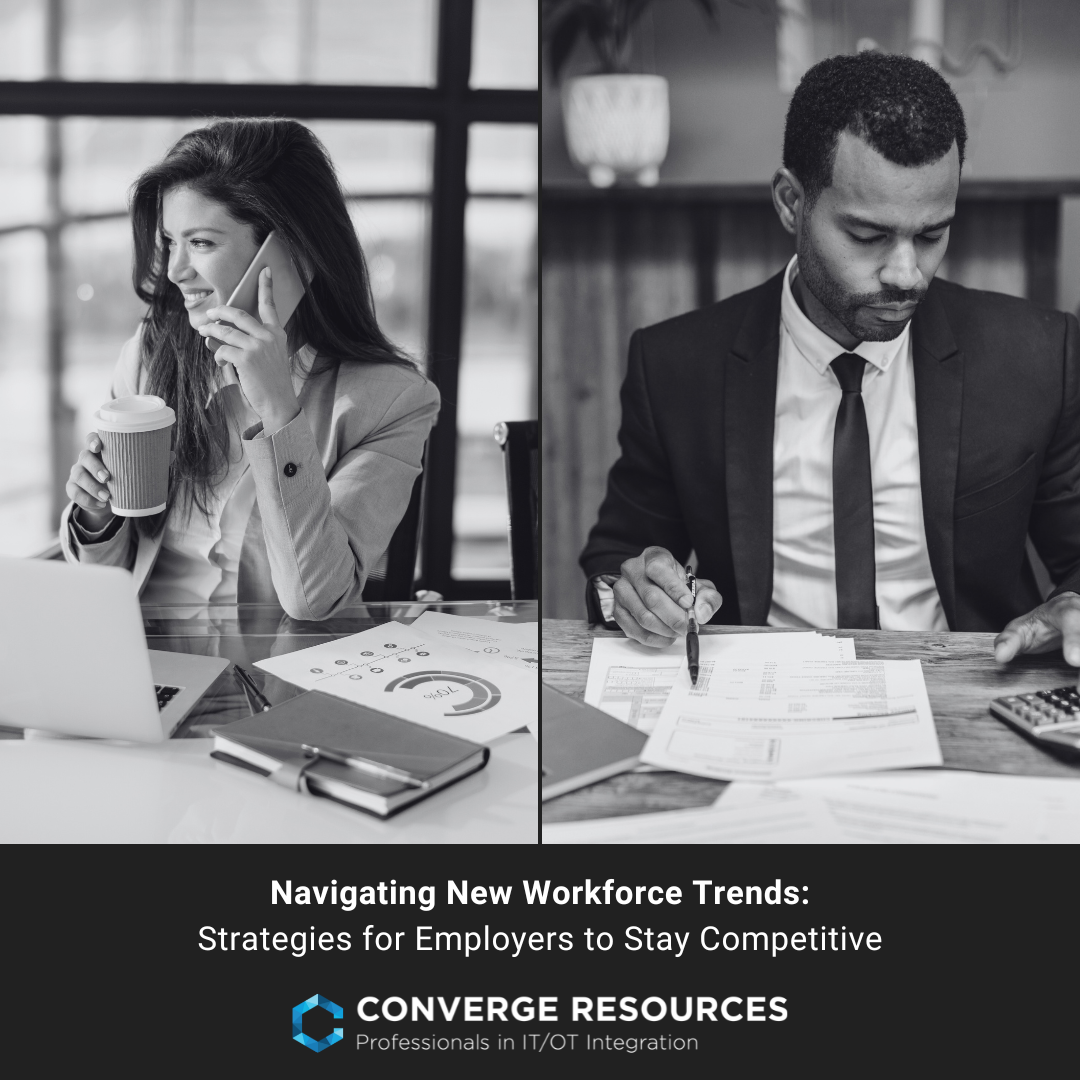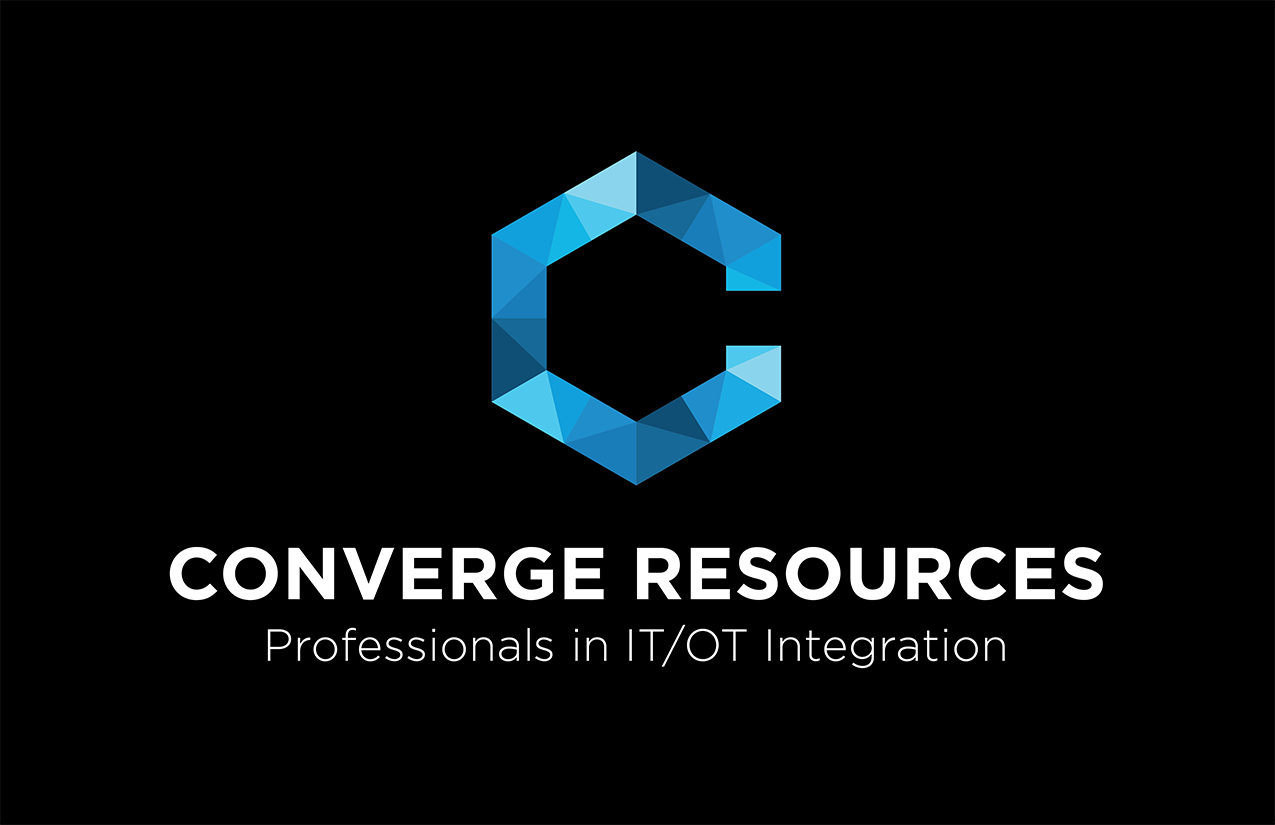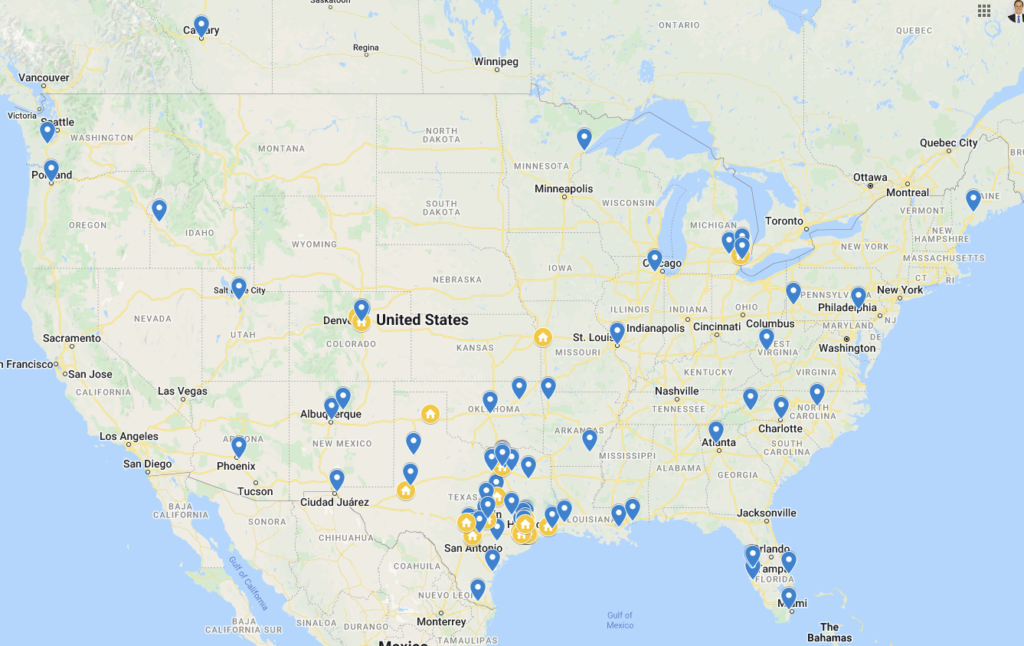Navigating New Workforce Trends: Strategies for Employers to Stay Competitive

In the ever-evolving landscape of work, staying ahead of the curve is essential for businesses to attract and retain top talent. As we delve into 2024, several prominent workforce trends have emerged, reshaping the way organizations operate and engage with their employees. In this blog post, we’ll explore these trends and discuss strategies for employers to remain competitive in this dynamic environment.
1. Remote Work Revolution: The COVID-19 pandemic accelerated the adoption of remote work, and it has become a permanent fixture for many industries. Employees now value flexibility and work-life balance more than ever before. To stay competitive, employers must embrace remote work by investing in technology infrastructure, fostering virtual collaboration, and implementing policies that support remote teams. Offering flexible work arrangements can significantly enhance employee satisfaction and productivity.
2. Hybrid Work Models: While remote work has gained popularity, hybrid work models are becoming increasingly prevalent. This approach combines remote work with in-office collaboration, allowing employees to enjoy the benefits of both worlds. Employers can leverage hybrid models to optimize productivity, promote collaboration, and maintain company culture. Implementing robust communication channels and scheduling tools will facilitate seamless coordination between remote and in-office teams.
3. Focus on Employee Well-being: The pandemic highlighted the importance of prioritizing employee well-being. As such, employers are placing greater emphasis on mental health support, work-life balance initiatives, and flexible scheduling options. Offering wellness programs, mental health resources, and encouraging regular breaks can boost employee morale and productivity. Organizations that prioritize employee well-being are more likely to attract and retain top talent in today’s competitive job market.
4. Embrace Diversity and Inclusion: Diversity and inclusion have moved to the forefront of workplace priorities. Employers are recognizing the value of building diverse teams and fostering inclusive environments where every employee feels valued and respected. Implementing diversity training programs, establishing inclusive policies, and promoting diverse hiring practices can help organizations create a more equitable workplace. Embracing diversity not only enhances innovation and creativity but also strengthens employer branding and attracts a wider pool of candidates.
5. Soft skills-based Hiring and Upskilling: The rapid pace of technological advancement necessitates a shift towards soft skills-based hiring and continuous upskilling. Employers are placing less emphasis on traditional credentials and more on candidates’ soft skills and competencies. Investing in employee training and development programs not only enhances workforce capabilities but also fosters loyalty and retention. By empowering employees to acquire new skills and adapt to emerging technologies, organizations can future-proof their workforce and maintain a competitive edge.
6. Flexible Benefits Packages: Employee benefits play a crucial role in talent acquisition and retention. In addition to traditional perks such as healthcare and retirement plans, employers are offering more flexible benefits packages tailored to individual needs. This may include student loan assistance, childcare support, wellness stipends, or remote work allowances. By providing personalized benefits packages, employers can demonstrate their commitment to supporting employees’ holistic well-being and differentiate themselves in the job market.
Staying competitive in today’s workforce requires a proactive approach to adapt to evolving trends and prioritize employee needs. By embracing remote work, fostering a culture of flexibility and well-being, promoting diversity and inclusion, and investing in skills development, employers can position themselves as employers of choice and attract top talent in an increasingly competitive landscape. As we navigate the complexities of the modern workplace, agility, empathy, and a commitment to continuous improvement will be key drivers of success.



Leave a Comment